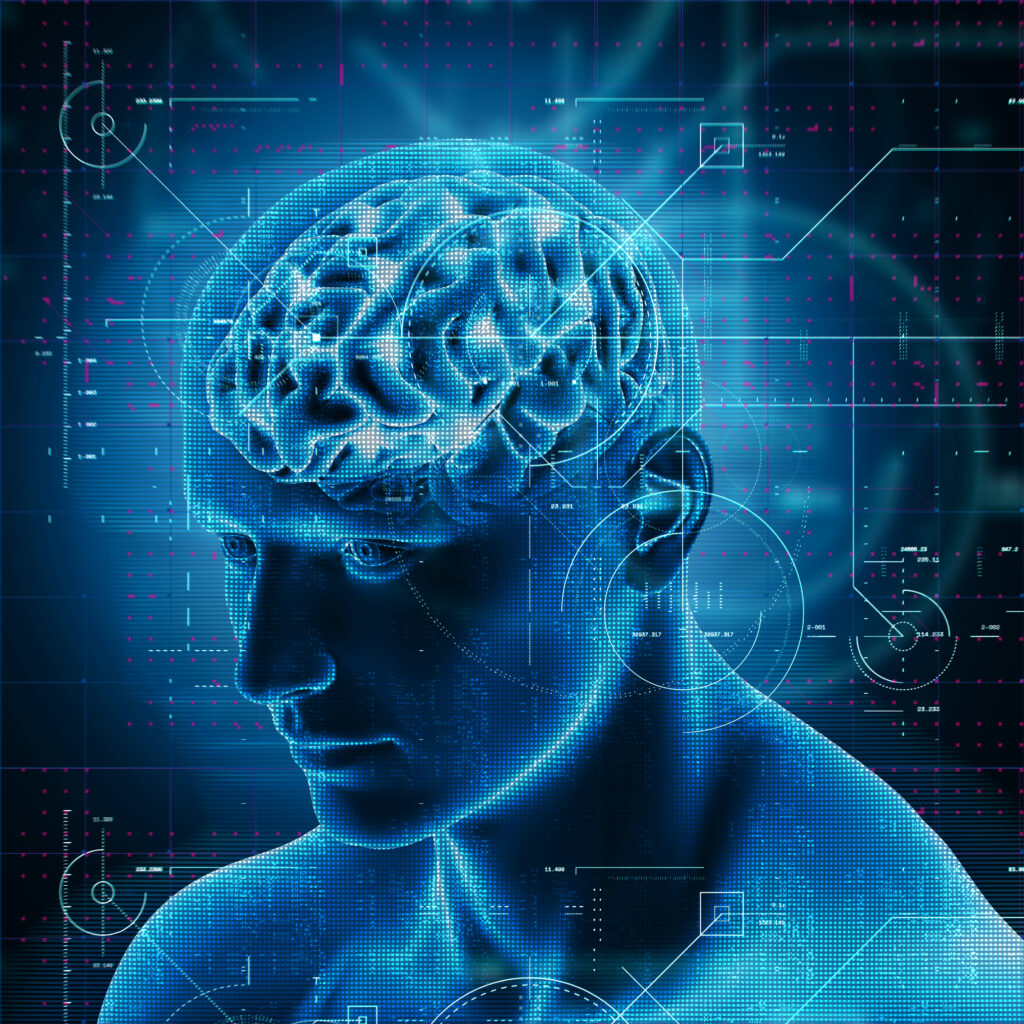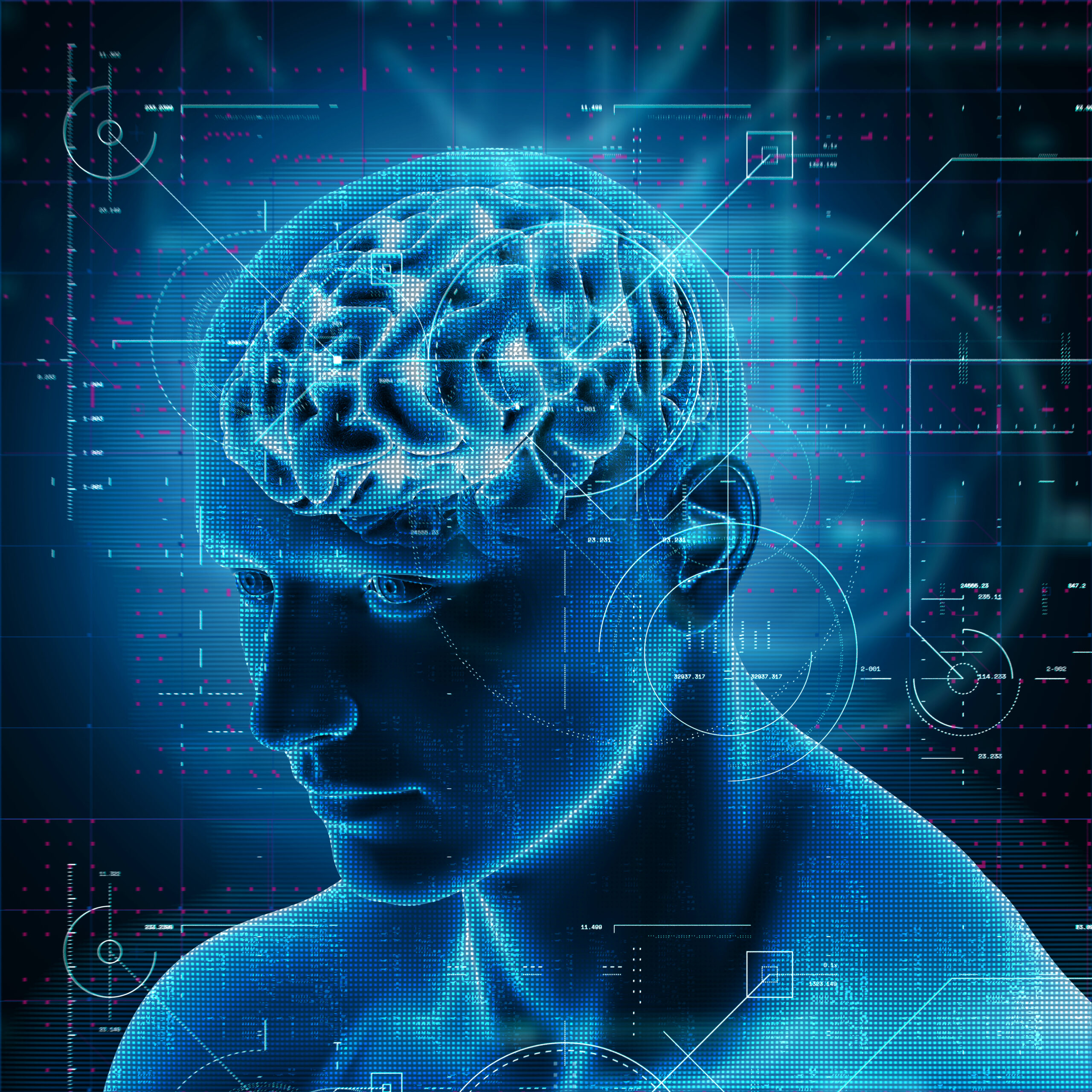
Introduction:
The fascinating intersection of neuroscience and learning has provided profound insights into how the brain processes information and acquires knowledge.
Neuroplasticity:
The concept of neuroplasticity reveals that the brain is malleable and capable of reorganizing itself based on experience. This insight emphasizes the importance of lifelong learning and suggests that the brain can adapt and grow through continuous intellectual stimulation.
Cognitive Load Theory:
Neuroscience has informed the cognitive load theory, which underscores the limited capacity of working memory. Effective learning strategies involve managing cognitive load, emphasizing the importance of chunking information, providing clear instructions, and minimizing extraneous distractions.
Emotional Engagement and Memory Formation:
The brain’s emotional center, the amygdala, plays a significant role in memory formation. Neuroscience suggests that emotionally engaging learning experiences can enhance retention and retrieval of information, emphasizing the importance of creating a positive and stimulating learning environment.
Dopamine and Motivation:
Dopamine, a neurotransmitter associated with pleasure and reward, is linked to motivation and reinforcement. Neuroscience informs educators about the importance of incorporating elements that trigger the release of dopamine, fostering a motivated and engaged learning environment.
Sleep and Memory Consolidation:
Neuroscience underscores the critical role of sleep in memory consolidation. Quality sleep is essential for transferring information from short-term to long-term memory, highlighting the importance of well-rested students for optimal learning outcomes.
Brain-Compatible Learning Environments:
Understanding how the brain processes information has led to the development of brain-compatible learning environments. These environments take into account factors such as lighting, seating arrangements, and sensory stimuli to create optimal conditions for information processing and retention.
Mindfulness and Cognitive Function:
Neuroscientific research supports the benefits of mindfulness practices in enhancing cognitive function. Techniques like meditation and mindfulness can positively impact attention, focus, and overall cognitive performance, suggesting their potential integration into educational settings.
Mirror Neurons and Social Learning:
Mirror neurons in the brain are associated with imitation and social learning. This insight highlights the importance of social interactions in the learning process, emphasizing collaborative activities, group discussions, and peer learning as effective educational strategies.
The Role of Stress:
Chronic stress can have detrimental effects on learning and memory. Neuroscience informs educators about the impact of stress on the brain and emphasizes the importance of creating a supportive and low-stress learning environment to optimize cognitive performance.
Individual Differences in Learning Styles:
Neuroscience research recognizes the diversity of individual learning styles based on cognitive strengths and preferences. This insight supports the implementation of personalized learning approaches, acknowledging that students may benefit from varied instructional methods tailored to their unique cognitive profiles.
Conclusion:
The insights gleaned from the intersection of neuroscience and learning are transforming educational practices, offering a deeper understanding of how the brain processes information and adapts to new knowledge. As educators continue to leverage these insights, the potential for creating more effective, engaging, and personalized learning experiences becomes increasingly promising, unlocking the full potential of the human brain in the pursuit of knowledge.

